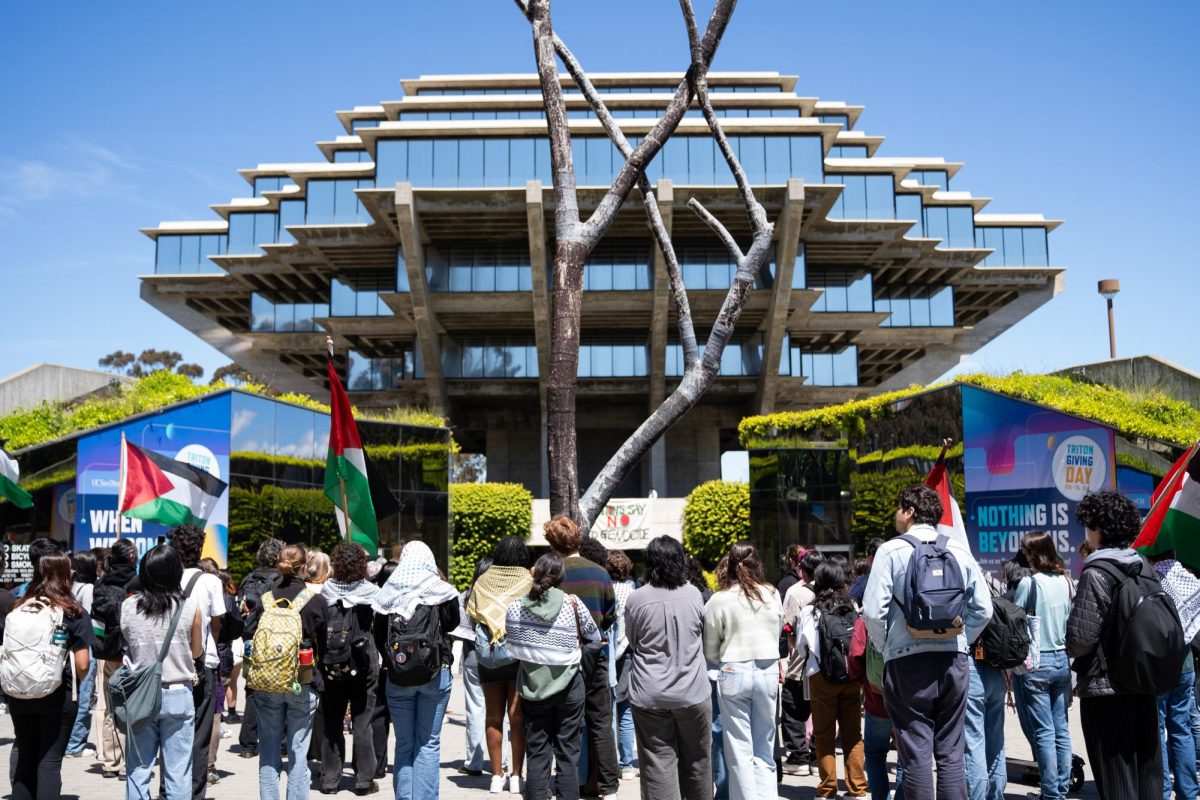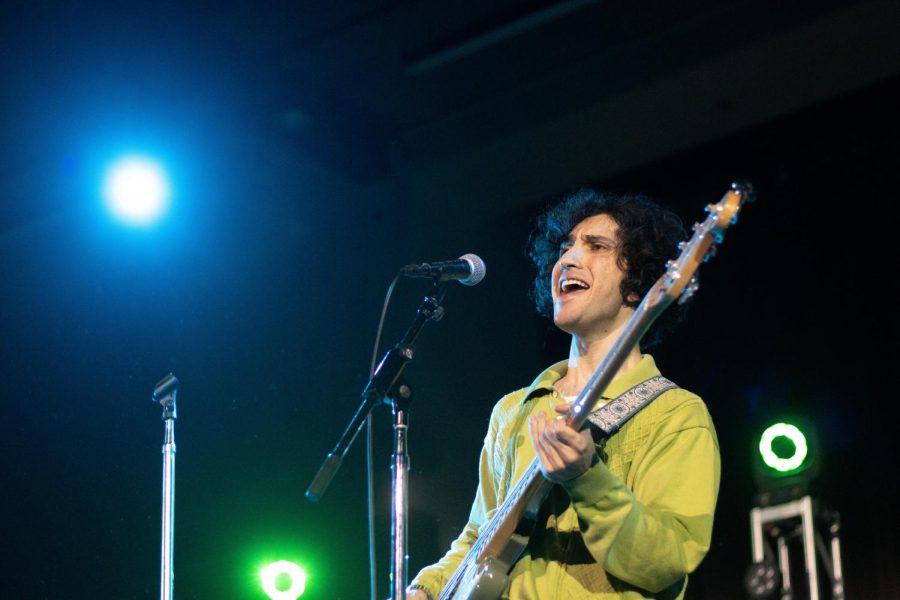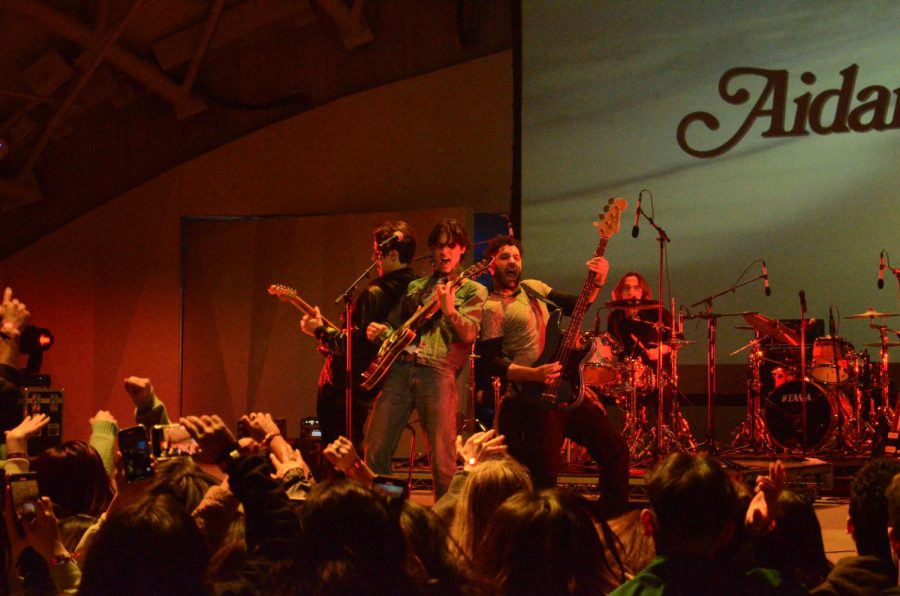University creates digital library
Libraries of the University of California partnered with several entities this week to create a free international digital library. The university will offer books and resources to the public, by collecting noncopyrighted literature, according to a university press release. The Web site, http://www.opencontentalliance.org, will offer the materials through support from the Open Content Alliance, composed of groups such as Yahoo! and the University of Toronto. Through the service, books owned by UC libraries will be digitized and placed into an online archive, using a cheaper method of scanning technology that costs 10 cents per page. The libraries of the 10-campus UC system form the biggest research library in the world, according to the press release.
“We’re pleased to join the OCA and begin making this important part of our national cultural heritage freely available online,” stated Daniel Greenstein, associate vice provost and university librarian for the California Digital Library at the University of California, in the press release.
Other groups in the consortium include Adobe, European Archive, Hewlett Packard Labs, Internet Archive, the United Kingdom’s National Archives, O’Reilly Media and Prelinger Archives.
UC wins patent battle over browser
The U.S. Patent and Trademark Office confirmed the University of California’s rights to an Internet browser technology patent last week after a legal battle with Microsoft Corp., according to a UC press release.
“We are gratified that the patent office’s re-examination has validated its original evaluation of the university’s unique contribution to the technology, which fuels the Internet,” stated James E. Holst, the university’s general counsel, in a release. “This decision ensures that the patent rights of the public institution that developed this technology, a significant innovation with wide-reaching public benefits and use, will be protected.”
The patent was first issued to the university in 1998 and was revisited by the PTO after the university and Eolas Technologies, Inc., brought a lawsuit against Microsoft Corp. for patent infringement.
In the recent PTO notice, the patent examiner found that the university had originally developed the technology and legally owned the patent rights. The patent’s origins can be traced back to 1993, when Michael Doyle, Eolas president and former UC researcher, began working with UC San Francisco researchers on Web site interactivity. The innovation was originally meant to address how scientific information was accessed and published on Web sites. By 1995, the research of Doyle and the university gave birth to other interactive mediums on the Internet, shaping the way the tool is used today.
Merced class smaller than expected
The first class at UC Merced is smaller than expected, with 875 inaugural students, compared to 1,000 originally predicted by campus officials, according to a student census.
“We’ve always known that a certain number of committed students would need to postpone or cancel their enrollment plans despite their best efforts and intentions,” UC Merced Provost David Ashley stated in the release. “At the same time, we’re thrilled to have a very sizable first class of highly qualified students who reflect the pioneering spirit and uniquely diverse character of our entire state. For those who couldn’t complete enrollment this year, we strongly urge them to reapply as their individual circumstances permit.”
In June, admissions officials had received 1,051 statements of intent to register. The census, based on class registration, found 80 percent freshman, 15 percent transfer students and 4 percent graduate students. The census also revealed that almost half of the students in the first class are the first in their family to attend college, while 31 percent are from minority groups underrepresented on University of California campuses. Seventeen percent of those first-generation college students said they came from families earning less than $30,000 annually. Eighty percent of Merced’s first-year class applied for and received financial aid, while 64 percent of those students qualified for need-based financial assistance. The campus plans to enroll 1,000 students more next year, with a projected enrollment of 25,000 by 2035.







